Program Builder
Big Red Q&A With Ex-Birds OC Brad Childress
Four years removed from his final coaching stop, Brad Childress can finally exhale, as he casually observes his weekend slate of football from his Florida home.
Gone are the endless bouts of sleep deprivation that result from weeks of game-planning. The same can be said for the nerves and general uneasiness that bridled Childress, a former Eagles quarterbacks coach and offensive coordinator under Andy Reid, when he patrolled the sideline.
Childress, whose coaching career spans more than four decades, last coached in Chicago, serving as senior offensive assistant under head coach Matt Nagy.
These days, he sounds like someone who has seamlessly transitioned into retirement, distinctly recapping his various chapters and graciously offering his time.
Two weeks ago, during the NFL’s conference championship weekend, Childress watched some familiar faces flash across his television.
His former colleagues squared off in the AFC Championship, with Reid as head coach of the Chiefs and John Harbaugh – another former member of Reid’s staff in Philadelphia – as head coach of the Ravens.
There was also Chiefs defensive coordiantor Steve Spagnuolo, who also was once a colleague of Childress’ in Philadelphia, along with Chiefs tight end coach Tom Melvin and former Eagles wide receiver Todd Pinkston, the team’s running backs coach.
On the opposite sideline, another former Eagles receiver under Childress – Greg Lewis – oversaw the Ravens’ wide receivers.
At every turn, there were ties binding Childress to his previous life, however far removed his mind may be from his past.
The teacher bested the pupil, as Reid advanced to his second straight Super Bowl – and fourth overall – by defeating Harbaugh’s Ravens.
Reid seeks his third Lombardi Trophy, which would add to the iconic coach’s Hall of Fame resume.
Long before “Big Red” arrived in Kansas City and before Super Bowl berths became commonplace for him, Reid was the maestro behind the revival of Eagles football, when he took over the lagging franchise in 1999 and quickly coached the team to four consecutive NFC Championship appearances and a Super Bowl.
With an all-star coaching staff and burgeoning nucleus of talent, Reid established a winning culture in Philadelphia and cultivated a standard that has endured.
I recently checked in with Childress to discuss a variety of topics ranging from his relationship with Reid, along with memories of the late Jim Johnson, and of course, the paradoxical allure and disdain of Veteran’s Stadium.
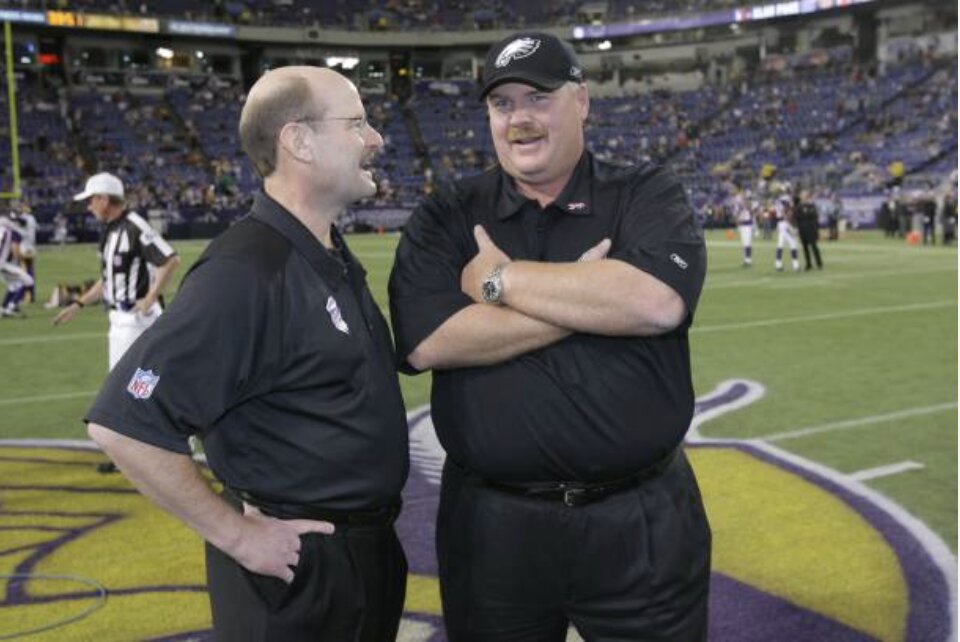
GETTY IMAGES: Brad Childress was Andy Reid’s QBs coach and OC in Philadelphia before becoming Vikings head coach.
Andrew: You first met Andy Reid back in 1986 on the offensive staff at Northern Arizona. We’re going back a bit, but what were you earliest recollections?
Childress: Well, first of all, we desperately needed an offensive line coach. The head coach was Larry Kentera. He’s still alive, he’s 100. He’s a one-of-a-kind gem. Still active, still moves around, plays golf, goes to events. Unbelievable.
So, we were looking for an offensive line coach, and I was coming out of a year with the Indianapolis Colts, and then at Illinois before that, with Mike White, who basically installed the West Coast offense in the early ’80s at the University of Illinois. Got us to a Liberty Bowl against Bear Bryant and then a Rose Bowl against UCLA. So, I needed someone to do pass protection.
Everybody could teach run-blocking, but back in that day, there wasn’t anybody who could teach pass-protection. So, Andy played at [Brigham Young University], and obviously, they strongly featured the pass back then with [head coach] Lavell Edwards, and he had gone on to actually replace Mike Holmgren at San Francisco State. Mike Holmgren came to BYU as a quarterbacks coach for only a year or so, so that’s where those two hooked up. And that’s where Mike told [Andy], ‘Eventually, I’m gonna get one of these NFL job one of these days and I’m gonna hire you.’
Here’s a [graduate assistant] Andy Reid going, ‘OK, great. That’d be really something.’ [Laughs] Like he really thought that was gonna happen! But then he went with Dirk Koetter to San Francisco State. He was at San Francisco State with Vic Rowan, who was, back then, one of the dean’s of college coaches. He was in his 70s or so then. And then we were able to pluck him out of there after Year 2, and he came to [Northern Arizona University] with us, which I was elated about. Even though Andy only stayed one year, I was able to replace him with Bill Callahan. He and I had been GA’s at Illinois together in those early 80s and he was out of a job.
So, Andy spent that one year with us. And it was great from the standpoint that his wife, Tammy, is from Glendale, Arizona, and her family was able to come up. He had two kids, I had two kids, both the same ages – they went on to have five, I went on to have four – and we just always stayed in very close touch.
He only stayed a year, and his moves were [Texas] El Paso for a few, Missouri, Green Bay. And then mine was a few more years at NAU, to Salt Lake City, to the University of Wisconsin, and there we are both back in the same state. I had four kids then, I think [Andy] had four or five then. Every Memorial Day, it was either go to Green Bay or they came to Madison, Wisconsin. The kids ran crazy, and we barbequed more meat than a horse could eat. And everything’s gone from there.
Andrew: It had been 13 years since you and Andy last worked together before reuniting in Philly. What were those conversations like?
Childress: So, probably like Mike [Holmgren] told him, Andy said, “I’m gonna hire you as the quarterbacks coach.” Obviously, I was a coordinator at Wisconsin, and it was very difficult; we had just won the Rose Bowl in ’99, beat UCLA at Wisconsin for the second time. And living in a dream world – raising kids in Madison, Wisconsin – here comes Andy, he was talking to a couple different teams, but he ended up saying, ‘Hey, I’m going to Philly.‘ And I go, ‘Really? Philly? Not St. Louis, not something Midwest?’ [Laughs]
Andrew: What were your early impressions of Andy the head coach?
Childress: “Well, his pitch to me, first of all, was, ‘Hey, Brad, come and coach the quarterbacks. We’ve got the second pick, we’re gonna take a guy, and we’re gonna work all those guys out, and you’re gonna be part and parcel of developing that guy and coaching that guy.’
Thank the Lord we got Donovan McNabb. You remember the order, maybe … [Tim] Couch, McNabb, Akili Smith directly after him at No. 3, and then I think it was Cade McNown up there and Daunte Culpepper. And we worked ’em all out. Thank goodness Cleveland took Couch and we were able to take Donovan.
[Andy] was just so well-rounded. He hired Jim Johnson, who ended up being an epic guy on the defensive side, and kind of how I modeled when I became a head coach. You wanted somebody who could look after that room. You could turn your back and pay your attention to special teams or offense. You had a guy that was gonna run the room.
“So, I just thought [he was] extremely organized, good communicator – we had some weeds we had to get through there in Philadelphia, of course – but after that first year, living in a bomb shelter in The Vet and going 6-10, we were able to make the playoffs every other year I was there except the last one.”
Andrew: You had a prominent hand in the development of Donovan McNabb. What are your earliest memories of working with him?
Childress: “Well, of course, Andy had the playbook on exactly how he wanted to groom that guy. In coaching [Brett] Favre, he had a guy who was kind of a grizzled veteran, even though he was only in three, or four, or five years at the time. Just everything from what you do with yourself daily, how you act, how you compose yourself.
“I can remember picking him up from the draft; Andy sent me up in a limo to get him to come back. I was actually kneeling by the table, back when it was two people with a team replica helmet and a telephone – and people that [Angelo Cataldi] sent from WIP to Madison Square Garden – and it was unbelievable to me.
“I mean, that was kind of my wake-up-to-Philadelphia moment. It was unbelievable to me that the first guy comes across the stage to cheers and the second guy comes across the stage drowned by boos on arguably what should be the happiest day of his life … pick No. 2 as a quarterback, with his family. And they booed him off the stage.
“I’m like, ‘What planet am I on?’ [Laughs] And then, kind of force-fed him a playbook on the way back down the road with his agent, riding back to Philly, because he had mini-camp at the end of the week on Friday; everything from snap count, to cadence, the whole shooting match. It was fun growing him and he was a good student.”
Andrew: At what point did you realize that Donovan was a special player?
Childress: “Well, I could go back to the first game that he started after Doug Pederson sat down. I think he played the last six or last five for us his rookie year. I could still remember Warren Sapp chasing him all over the Vet field, running around like a wild man.
“I guess the biggest thing was just how he grew. I think people make too much of him running around. I mean, he could stand in the pocket and kill you that way, which he did. When we played the Arizona Cardinals and he had broken his leg and actually came out and played the second half – I don’t know if we didn’t have X-ray then or whatever – he went in, was looked at, came back out.
“On further review, after the game, he had a crack in his ankle. And saying to him, ‘Hey, when some of these skills start to erode, this is the way you’re gonna have to play the game. Standing in here ’til the last second.’ People who are athletic move. That’s the default. But there’s times where it’s better to hang in there for one more count and watch a guy break open and throw it early instead of looking through the whites of their eyes.”
Andrew: You and Andy presided over an offense that was among the league’s best. Describe your working relationship.
Childress: “At that point, we had run a version of West Coast offense from Mike White, but obviously, that was the 80s and we’re talkin’ ’99 now. How it developed with Bill and Mike Holgmren and then passed on to Andy in Green Bay, and the version he wanted to run in Philadelphia.
“So, I was kind of a student as well. He did all the installations. My time with Donovan was more of an individual basis; you know – routes, progressions, those type of things. The day-to-day grind; the drudgery that goes with it.”
GETTY IMAGES: The Eagles still played at The Vet when Andy Reid became head coach in 1999.
Andrew: That practice bubble outside of Veteran’s Stadium was an interesting concept. What are your memories of that period? Any notable recollections of Veteran’s Stadium?
Childress: “Oh, yeah. The bubble was intact across the parking lot. It used to be a crazy deal to see people jump in their car and race across the parking lot from the Vet to the bubble. I don’t know what to liken it to; the craziest drag race you’ve ever seen, from all angles. And there were accidents that followed, of course. But that was crazy to me.
“In Wisconsin, you had an indoor facility – their version was a 50-yard blow-up bubble where you had no room to run out of bounds on the sideline. I can remember everything from walking in, maybe the first offseason, and Andy is ringing my phone at, like, 6:30 in the morning. And I’m like, “Coach, I’m in the parking lot. I’ll be right down.” You basically walked out of the light of day into the dungeon on an elevator, down in the basement of the Vet.
“He had some things he was reeling about; Donovan was in Phoenix … what was he doing? He was out there with Charles Johnson – God rest his soul – living with him and Charles was teaching him how to be a pro. “Well, he needs to be back here!” And he goes, ‘OK, I’m done venting. I’m having a bad day.’ And I said, ‘Yeah. I’m having a bad day, too.’ And he goes, ‘What do you mean?’
“I just walked into my office in the Vet, which I shared a place with Pat Shurmur and Tom Melvin – who’s still coaching Travis Kelce in Kansas City – and I was all the way in the back. If a fire came, we were all dead because there was no way out. It was really, truly, a bomb shelter. And I had a pile of cat shit in my office that morning.
“He goes, ‘Let’s go look.’ So here we are, we walk around the corner and walk back into my office. It’s a real visual. Hands on knees, [Andy] looked down and he goes, ‘Yep, that’s cat shit. You better have a janitor get it out of here.’ Literally, late at night, you could hear the rats chasing the cats across the ceiling downstairs in the Vet. It was unbelievable.
“I always remember the aroma of the day when you got off the elevator going to the basement where we were at. It could have been stale pretzels pushed in a corner or beer running down the walls. Whatever. The great upside of that was, when somebody said, ‘Hey, Mark McGwire is coming to bat,’ you could always walk out and see him take an at-bat. Or Sammy Sosa come out, when they were in the home run deal. Walk out of your office, walk across the way, and all the sudden, you’re on the first base side watching somebody bat.”
Andrew: First lesson learned from Andy Reid that comes to mind?
Childress: “I just think his amazing attention to detail and organization. Whether it was having a month of practices on a calendar – day-by-day, period-by-period – worked out. Not just on a daily basis, but handing the guys the calendar and saying, ‘This is what it looks like from the start of training camp in early August to our first regular-season game.’ Here’s off-days, here’s what you can expect, just that type of thing.
“When you have preparation and detail like that, I think there’s a certain sense of calm, as opposed to foreboding, because you know what you’re doing. You’re step-by-step-by-step … ‘This is what’ll get us there.’
“I think everybody’s got their own personality. I think one of the things, and he continues to say it to this day to his teams, is, ‘Hey, let your personality show.’ We had great talent and great personalities in the room, and he wasn’t about to stifle it. There were rules, but he wanted them to let their personalities show on the football field when they played. I see the same thing with Travis Kelce and his celebrations now. He encourages guys to be themselves.”
GETTY IMAGES: Former Eagles DC Jim Johnson was the first DC hired by Andy Reid in Philly.
Andrew: It’s coming up on 15 years since we lost Jim Johnson. Do you have a memorable Jim Johnson story that stands out?
Childress: “I remember him coming into my office late at night. We were at NovaCare then. And I’m sitting there grinding out some tape, it was after 10 o’clock or whatever, and [Jim] was getting ready to go. And he starts looking, because he had his head buried in what they’re doing offensively – and I forget who we were playing – and always would stop down and look and say, ‘Are they any good?’
And I said, ‘Yeah, they’re pretty good.’ … ‘Are we gonna be able to score some points?’ … ‘Yeah, I think we will, Jim.’ And he’s leaning in the doorwell, looking at the tape, and he goes, ‘You know, I’m not gonna do this shit forever.’ I said, ‘Oh, you mean you’re going home now? You done?’ And he goes, ‘No, no, no. I’m talking about I’m not gonna coach forever. I promised my wife, I met her at Missouri, she’s from California, and I promised her I’d move her back to California. Vicki and I are gonna go back to California, play a lot of golf, and visit with our grandkids.’
And it really stuck with me, ‘I’m not gonna do this shit forever,’ and then fast-forward. I’m the head coach of the Vikings, so after he was able to stay on the sideline and coach in the playoffs. From then on, in the playoffs, he was up in the booth. I think, against the Giants, and I guess, in the NFC Championship game in Arizona.
“That was January; he was dead in April. It really struck me … ‘I’m not gonna do this forever,’ but yet, as fate would have it, he did do it forever. I don’t know if he got to stop and smell the roses along the way, but that always struck me, him standing there saying that. And then to watch how it played out was a tough deal.”
Andrew: As an offensive coach, how did the way that Jim saw the game or prepared affect you?
Childress: “So, we used to start every practice with the blitz drill. And Jim could bring it from all different angles. We’d take five plays and run our stuff and they’d have five plays of whatever they wanted to blitz us with.
“When we first started, as a quarterback, if you don’t know quick answers, if you don’t know where to go with the football, a lot of times you duck and go into the fetal position because there’s unblocked runners. So, where’s your quick throw at? And I can remember going through every one of those blitz drills, and we started practice with it. Where they would have sacked us five times and a row … OK, now we’re gonna go regular practice.
“I used to go, ‘Oh, shit! What a way to start. We still got two hours to go, and they just destroyed us.’ But I think the thing I would go back to, we weren’t very good on offense, and Jim’s defense took right to it. And they were pretty good. Any other defensive coordinator, if there was any kind of offense-defense, there could have been a huge wedge driven in that. Jim was just so strong, so there was never gonna be a ‘It’s offense versus defense.’
“It takes a strong-willed, strong-minded, mature person – which he was all those – just to hold that thing together. To have that defense continue to play hard. Then, obviously, we kinda grew into it, going to the playoffs the second year and then the third year going to all those NFC Championship games. But he was tremendous from that standpoint, as a teacher, and the guys loved him and enjoyed him and respected him.”
Andrew: As an offensive mind, was there anything specific you learned working with Jim that you applied later as head coach of the Vikings?
Childress: “I ended up hiring Mike Tomlin as my defensive coordinator because Andy wouldn’t let Spags [Steve Spagnuolo] talk. And then all the sudden, after a week, he will let him talk. And I said, ‘Spags, I’m down the road with Mike Tomlin. I just flew down there and picked up him and his wife and flew them back. I can’t go backwards now.’
“So, then he went up the road to be the coordinator for the Giants that same year. But I just think, just like Andy hired Jim, why do you hire a defensive coordinator? Because he gave me problems. ‘Cause we played Indianapolis and we didn’t have answers for some of the things they were doing.
“You wanna hire somebody that offensive guys gotta spend some time thinking about. ‘Do I got everything covered here?’ I think just making sure that you’re not too predictable on the defensive side and giving somebody something to think about. It’s kinda like in college football, and really, it’s coming to the NFL with all this read-option stuff.
“If you’re not squared away against responsibilities and the option and you run one snap of option – like Barry Alvarez used to tell me – it throws so much shit out. In other words, you gotta get rid of stuff defensively because it’s not sound against option football; you always have too many 2-on-1s.
“I think just remembering Andy’s wisdom in, ‘Yeah, I hired a guy who used to give us frickin’ problems in Green Bay.’ Mike [Tomlin] had that in his package as well, but also had that great Tampa 2 package from Tony Dungy.”
Andrew: The final 10 or so years of your coaching career were spent as an analyst. What are your thoughts on the offensive evolution in recent years?
Childress: “Well, obviously, there’s an evolution to everything. As we got on there – four, five, six years in Philadelphia – over the years, we used to always say the truest-looking West Coast offense was Mike Holmgren because he didn’t add a whole bunch of stuff.
“Whereas, Andy, with merit, if you had a play or there was something that fit us – and it continues to this day – his evolution is amazing in the game. Whether it’s all the motions, the empties, the utilization of the running backs, you see all that stuff from Andy. He’s a great learner and he’s not afraid to morph and to change … ‘How do I utilize these guys better? How can I do something different?'”
Andrew: To what does Andy owe his longevity? Are you surprised Andy is still at it all these years later?
Childress: “I’m not surprised at all. He loves it. You know what? He’s got a good team and, obviously, a toy to play with in Patrick Mahomes. I’d be remiss in thinking he’s gonna retire anytime soon.”
– Andrew DiCecco (@AndrewDiCecco) is a Staff Reporter/Content Producer for InsideTheBirds.com.
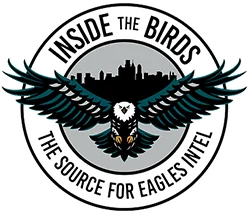
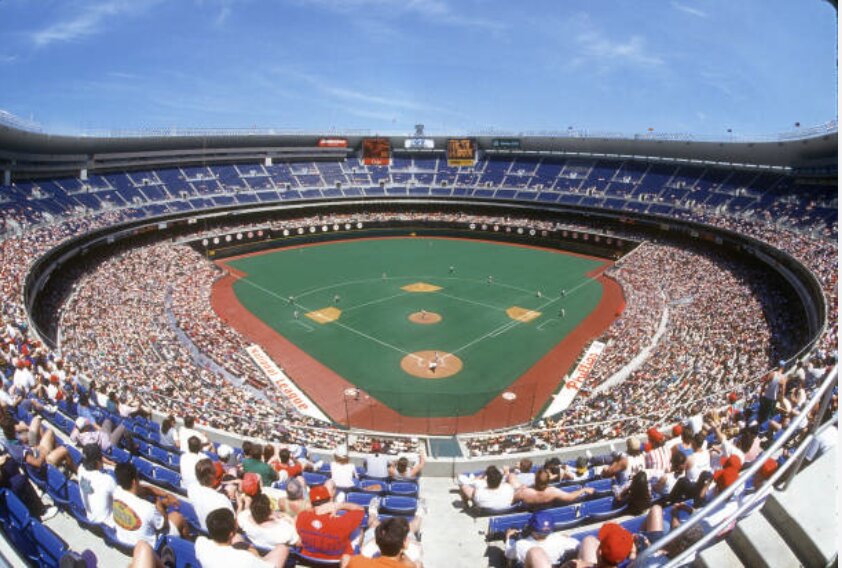
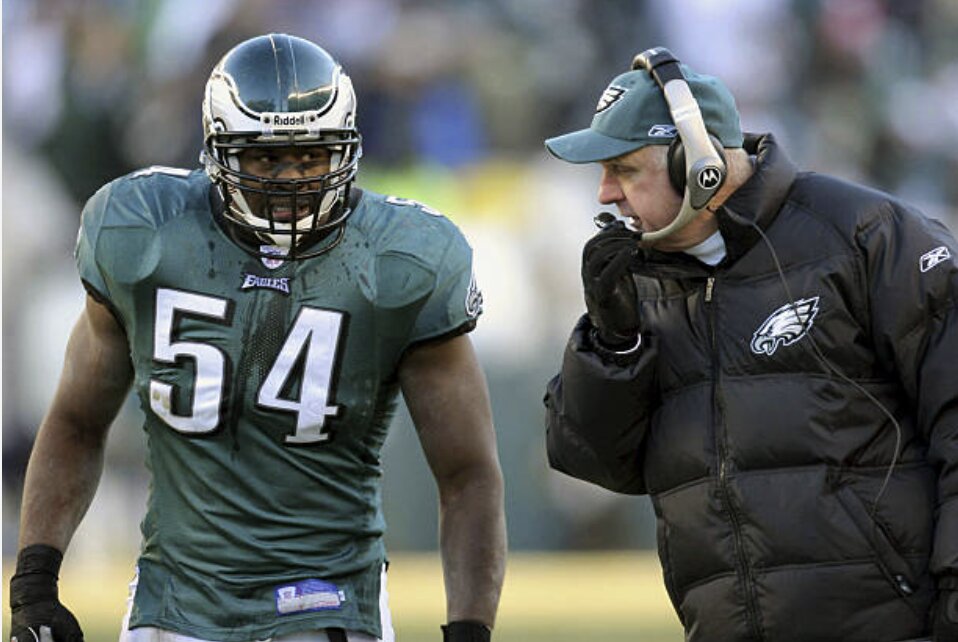
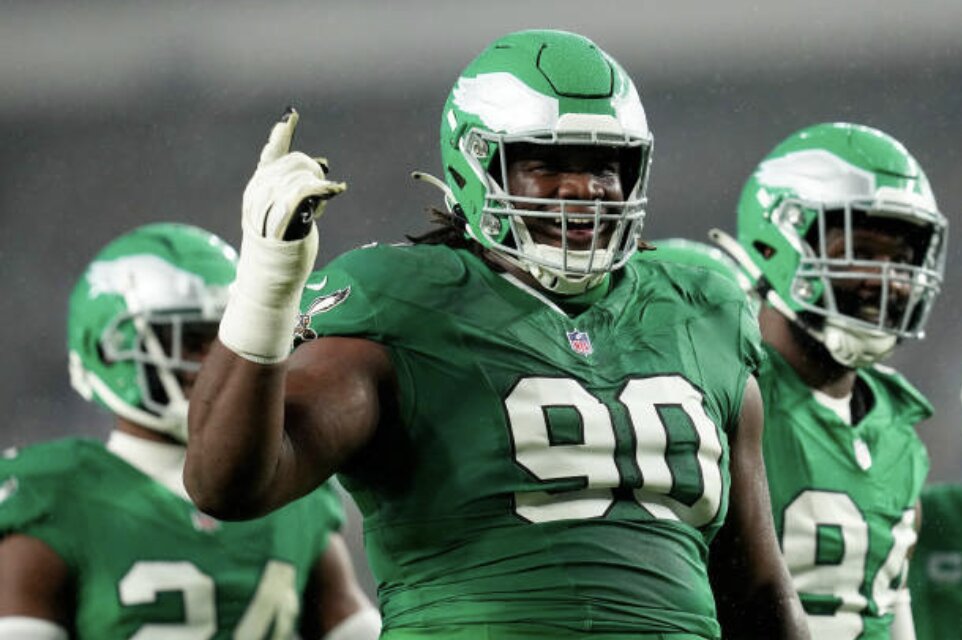




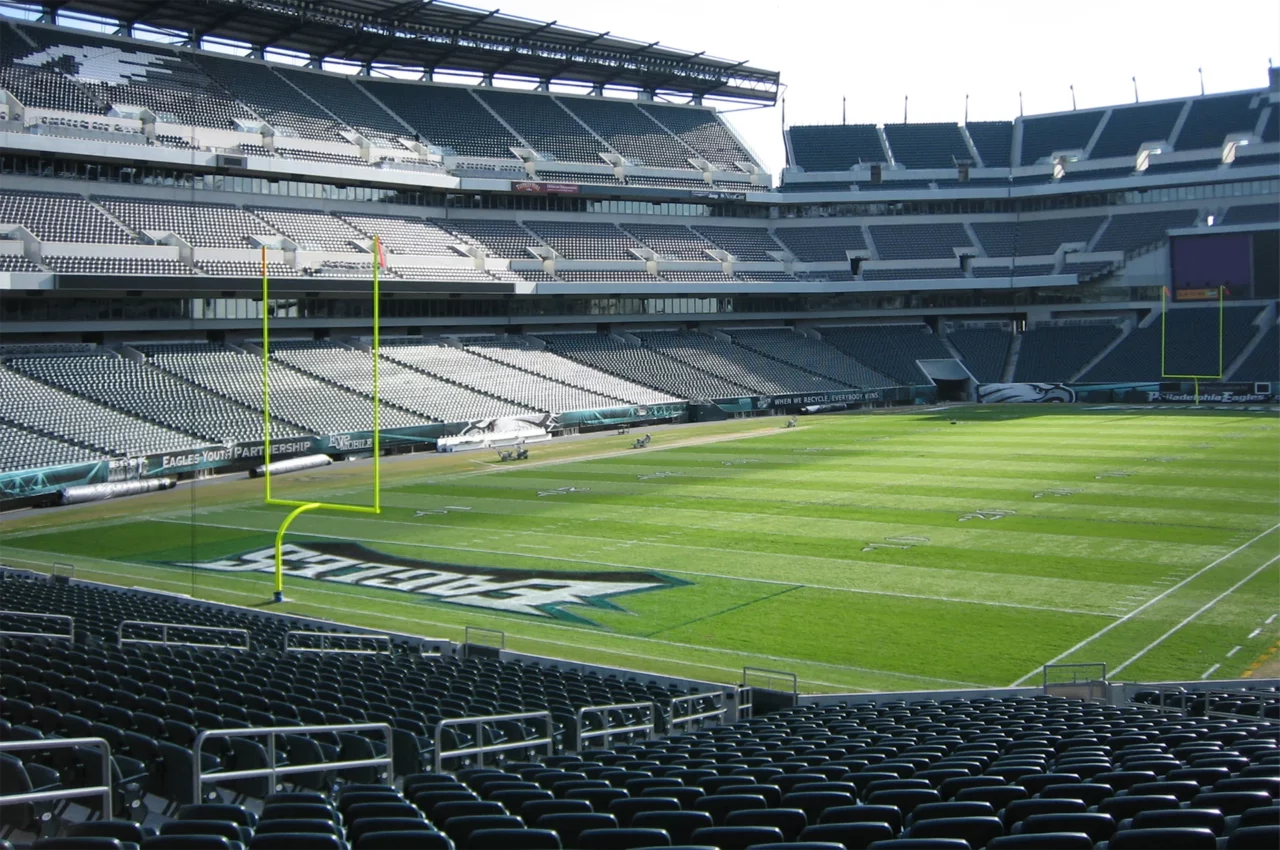
Comments are closed here.